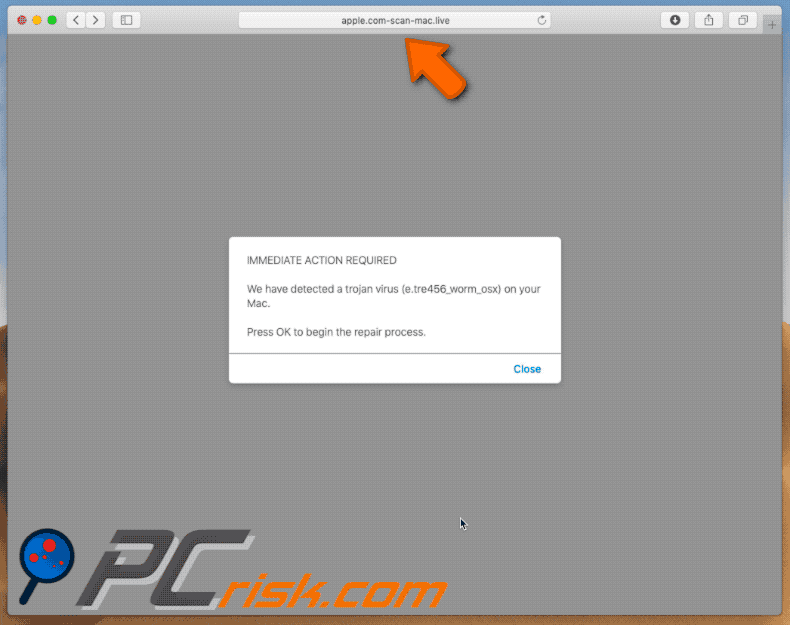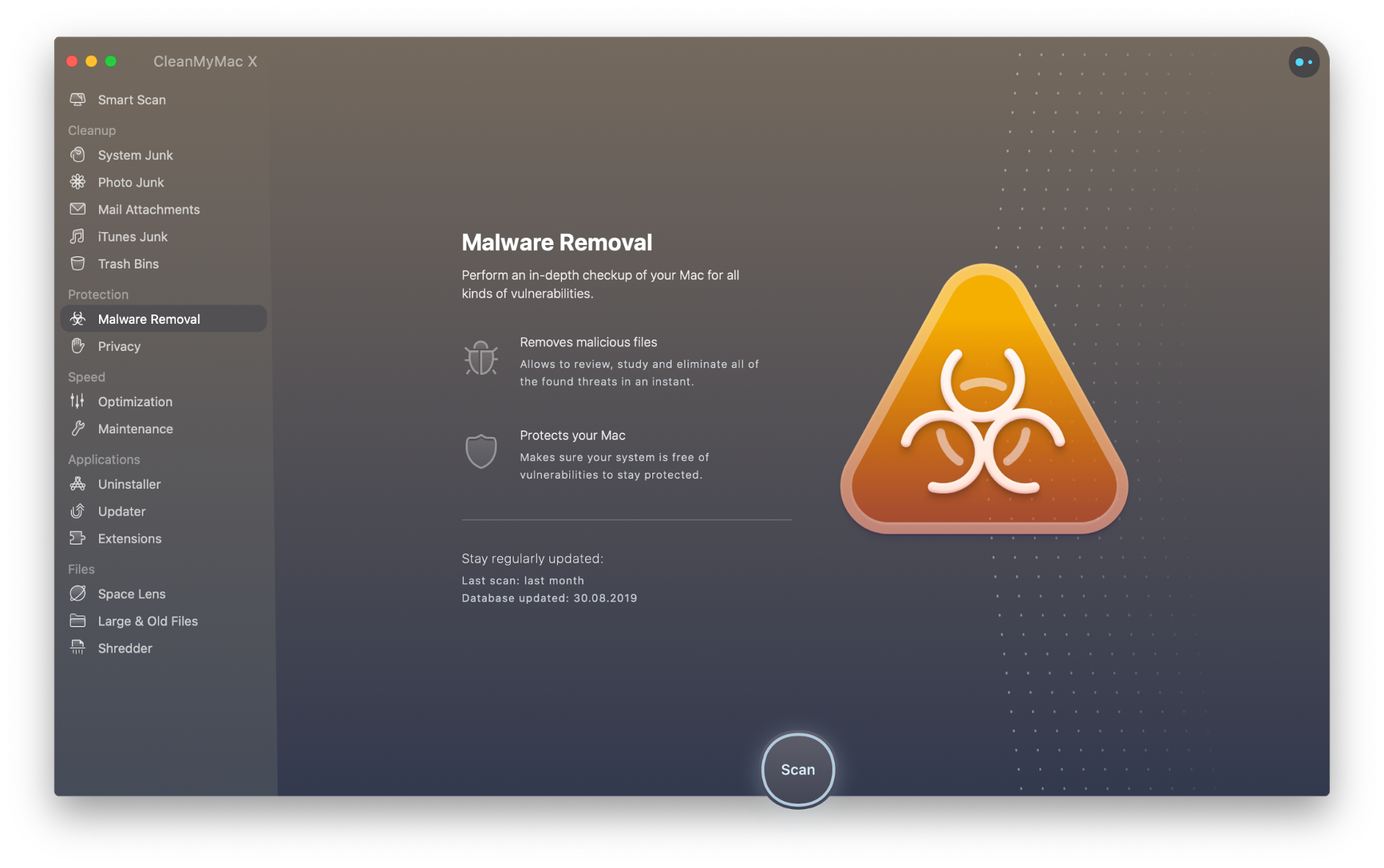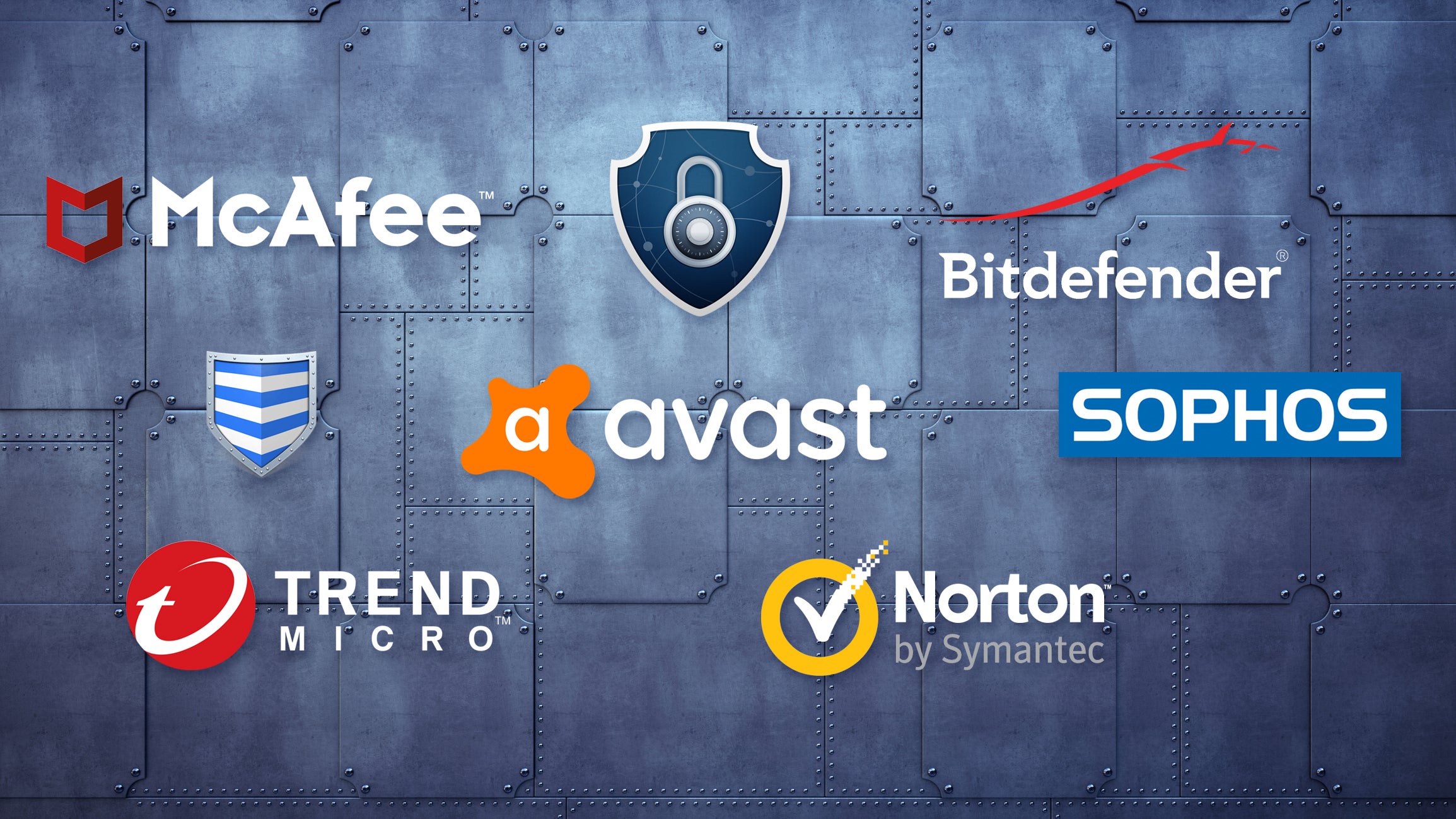
- Scan my mac for virus for free#
- Scan my mac for virus install#
- Scan my mac for virus software#
- Scan my mac for virus code#
- Scan my mac for virus mac#
You see annoying advertisements and pop-ups too often.
Scan my mac for virus mac#
However, an overheating computer can also mean that malware is carrying out its mission in your Mac computer. Overheating can happen even when you do smaller tasks. When you experience the first symptom of your Mac getting slower, you may also notice that it is heating up more than usual, indicating that too many processes are running in the background. If this happens, beware it could mean a malicious virus runs in the background silently and unknowingly. Otherwise, you might see your Mac freeze, or the cursor has become a spinning pinwheel indicating that it tries to achieve too many simultaneous operations. Suddenly, you may notice that your Mac computer is slower than usual. This spyware can track your internet activities, steal your credit card, banking, login, and personal information.

If you accept a sudden browser pop-up without reading it carefully, a form of Mac virus called spyware can get into your Mac. Pop-ups are another popular way that viruses can infiltrate into a Mac computer. Adware causes endless annoying pop-ups and advertisements, while ransomware encrypts files and folders in a Mac, making them inaccessible without paying a ransom. Once downloaded and installed, the system receives the harmful malware like adware or ransomware. The victim simply visits a malicious web page and gets notified that they have an outdated Adobe Flash player. For example, the “MacDownloader” trojan horse discovered in 2017 was hiding as an Adobe Flash Update. Trojan horses are the most popular form of computer viruses that can get into your Mac in this way.
Scan my mac for virus install#
You will get the malware once you download and install the update.
Scan my mac for virus software#
Mac viruses can sometimes disguise themselves as a software update.
Scan my mac for virus code#
If you downloaded and opened such an infected document knowingly or unknowingly, it will run malicious code triggering different activities in your Mac.

They can send emails containing the document to other email addresses, create new files, format hard drives, insert pictures, etc. For example, you may often get them as email attachments, via internet download, or while sharing files through a network. There can be Word or Excel documents infected with macro viruses, which you can receive in several ways. Once you click on such a link, the system can get infected with malware. These phishing emails will persuade you to click on malicious links that appear harmless. You may receive a fraudulent email or a Facebook message that looks like it’s from a well-known person or a trusted company. Let’s see how these malicious viruses can trick you and gain access to your Mac. The popular types of Mac viruses so far include spyware, adware, ransomware, and scareware. Like in Windows PCs, there are many common ways a virus can get into your Mac. Mac users should be cautious about what they click on, what apps they download (and from where), and who they allow access to their computers.

Macs can and do get viruses.Ĩ8% of today’s data breaches are caused by human error. It converts different files, which helps you when you have files that won’t work on your Kindle or other tools.The short answer is, yes.
Scan my mac for virus for free#


 0 kommentar(er)
0 kommentar(er)
